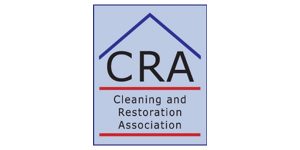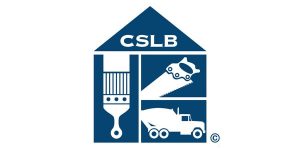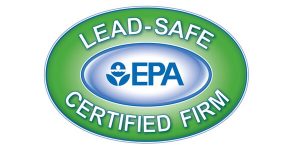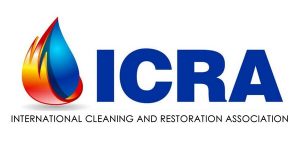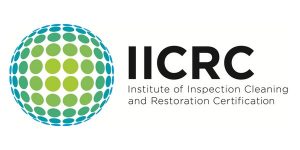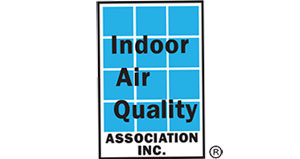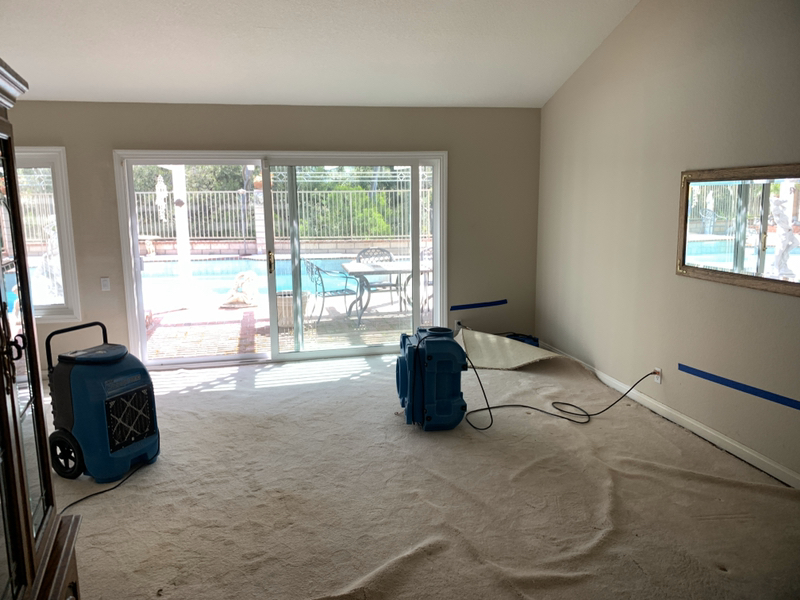
Carpet is one of the items most likely to experience mold after flooding. But even a “small” spill can lead to problems if it’s ignored. It’s even possible to experience moldy carpet due to high humidity. And the outbreak can be on the underside and padding, hidden from view. Regardless of the location mold releases allergens and toxins into the air, creating mild to serious health hazards in addition to odors and ugly spots.
Any discoloration or odors that you can’t trace back to a recent “accident” may well be mold, especially if the carpet is over a basement or ground-level concrete floor. There should be a vapor barrier to keep ground moisture out, but the barrier may no longer be intact. Following EPA guidelines any infestation more than a few feet across should be treated only by mold remediation specialists. That includes hidden areas — if there’s any doubt lift the carpet and have a look.
Prevention
You can keep mold from growing in the first place by keeping the carpet clean and dry. Take care of spills, overflows, and leaks immediately. You can blot small areas dry with old towels. Keep in mind that moisture can remain trapped underneath the carpet even when the top surface feels dry. For areas near a wall you can quickly lift the carpet to check. That also lets it dry from both sides.
Mold spores are already almost everywhere, just waiting for prolonged dampness. With just a little moisture spores begin growing in 24 to 48 hours. So you have that long to get the carpet, padding, and sub-floor thoroughly dry.
Seeing mold due to humidity? Keeping indoor relative humidity below 50% (but above 30% for human comfort) is a big help. If improved ventilation doesn’t do it, try a portable dehumidifier. Needless to say, avoid wall-to-wall carpet in the bathroom.
In a little-known study, the Carpet and Rug Institute (CRI) discovered that the presence of dirt is actually a bigger factor than humidity! That’s because the synthetic fibers of most carpets don’t provide nutrients. So regular carpet steam cleaning in addition to vacuuming can be a big help, even a remedy.
Already a Problem?
The first step is to identify and stop the source of moisture, then thoroughly dry the affected area. After that, it’s not enough simply to kill the mold. Its spores and allergens need to be physically removed. Throughout the process, a face mask and gloves are necessary personal protection. And as per those EPA guidelines treating areas above 10 square feet should involve professionals with isolation and air-purification equipment.
For minor outbreaks, do-it-yourself methods may be enough. They include solutions of dishwashing detergent, vinegar, baking soda, or Lysol disinfectant. But after those treatments assure the carpet and padding are thoroughly dry then move on to physical removals, such as scrubbing with a brush followed by vacuuming. Steam cleaning has been shown to be effective in eliminating mold when each area is heated for at least 12 seconds.
In Brief
Moldy carpet can be hard to thoroughly remediate. But maintaining a clean, dry, low-humidity environment goes a long way in preventing moldy carpet in the first place. You can often take care of small areas yourself, but major outbreaks require the services of mold remediation specialists and usually involve replacing the carpet and padding.
For more information, visit https://www.nachi.org/carpet-mold.htm.



